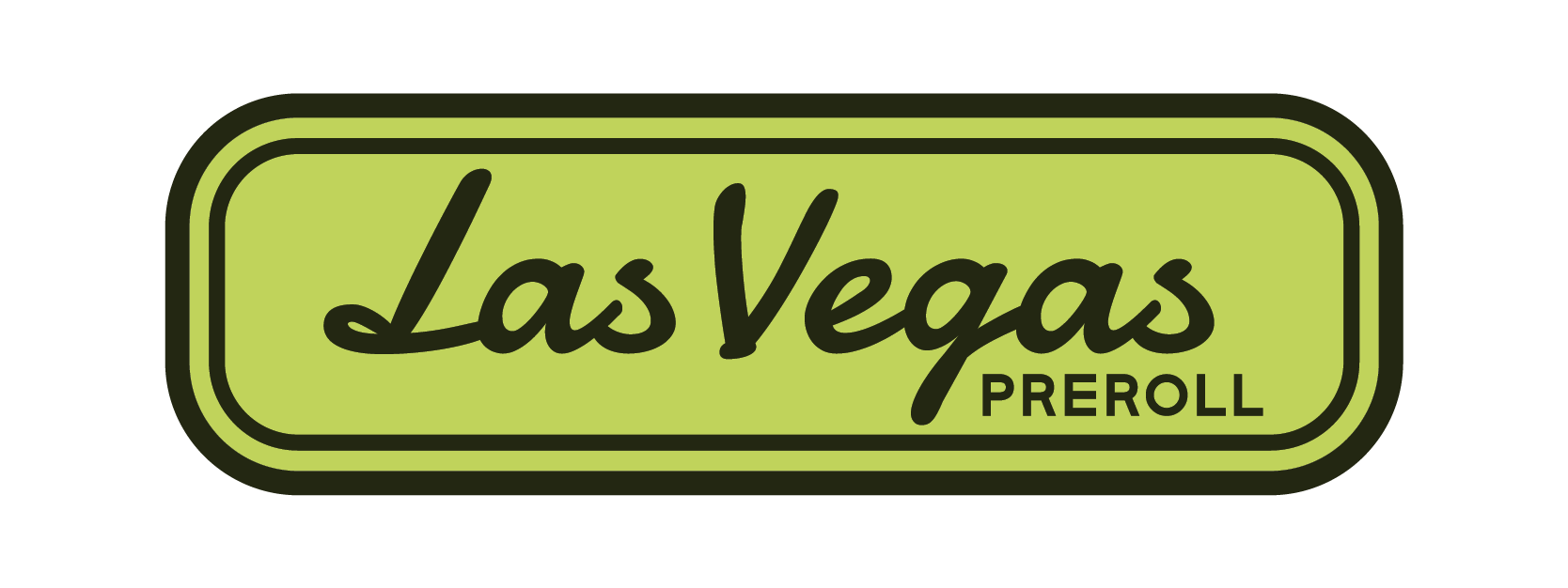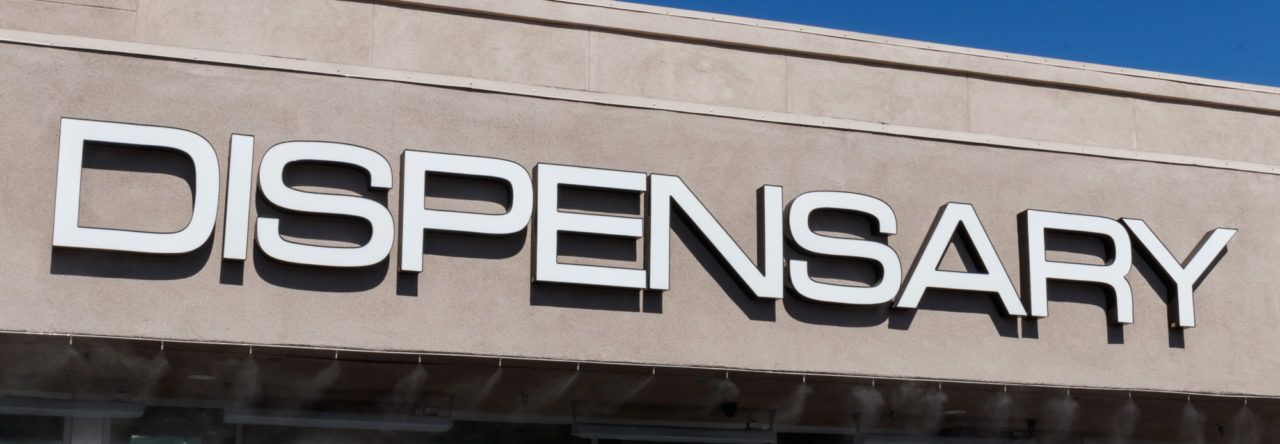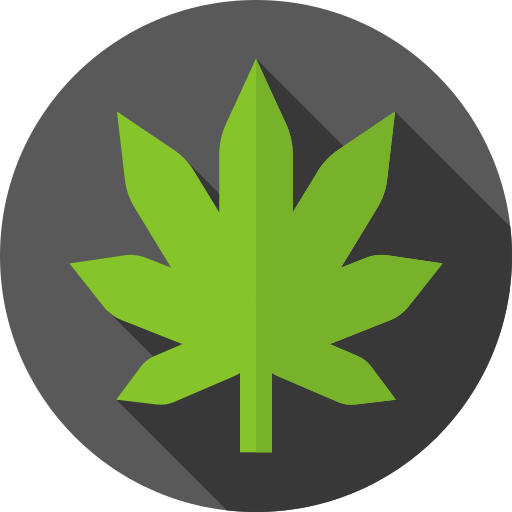Nevada legalized recreational cannabis–with sales beginning on July 1, 2017. Alongside, the state implemented a three-tier tax structure affecting adult-use sales. Here’s a glimpse into how Nevada taxes cannabis, whether those rates are among the highest, how much revenue it pulls in, and how it compares both nationwide and internationally.
Nevada’s Cannabis Tax Structure
Tax Components
Nevada applies three main layers of tax to adult-use (not medical) cannabis:
- Wholesale excise tax: 15% of fair market value
- Retail excise tax: 10% of the sale price at retail
- State sales tax: Approximately 6.85%
- Local sales taxes: Up to ~1.5% extra (e.g., Clark County adds these layers) RESEARCH HERE: NCSL, MPP
Combined, adult-use consumers in, say, Clark County (Las Vegas area) pay around 17–18.5% in taxes at the point of sale—not including local variation.
On the medical side, the 10% retail excise tax is waived, though wholesale excise and sales tax still apply—reducing burden for patients.
Is Nevada Among the Highest Taxed?
No—Nevada’s tax rate on marijuana is moderate compared to other states. For context:
- Washington State levies a whopping 37% excise tax, plus sales tax—one of the highest nationally. MORE FACTS HERE: GreenGrowth CPAs, mmjdaily.com
- Oregon applies a 17% excise tax, with local add-ons up to ~3% .
- Colorado and other states also place cannabis within 20–30% combined excise ranges, lower than Washington but well above Nevada’s structure.
So Nevada does not hold the highest cannabis tax, either among Western states or across the country.
Revenue Generated in Nevada
Total Tax Revenue
In 2023, Nevada collected approximately $133 million in cannabis tax revenue, equating to $41.67 per capita—fourth-highest among Western states. READ MORE: The Nevada Independent
Market Size Context
According to a 2024 overview by UNLV, flower accounts for about 45% of market revenue, while concentrates deliver roughly one-third—highlighting the broader tax base beyond just flower. MORE ABOUT: UNLV
In 2022, the total industry generated approximately $861 million in adult-use cannabis sales, with a stable (inelastic) demand despite price fluctuations.
National Figures
By early 2024, legal adult-use states had generated over $20 billion in cannabis tax revenue since legalization, with 2023 alone seeing more than $4 billion in cannabis taxes collected. A broader estimate for 2024 shows total cannabis-related tax revenues across the U.S. exceeded $20 billion, nearly double what alcohol generates annually in federal or state collections.
Comparison: Nevada vs. Nationwide Cannabis Tax Revenue
| Region/State | Tax Structure Summary | 2023 Tax Revenue | Context |
|---|---|---|---|
| Nevada | 15% wholesale excise + 10% retail excise + ~6.85% state sales tax (plus local ~1.5%) | ~133M total (ca. 41.6 per capita) | Moderate tax rates, strong tourism-driven sales |
| Washington | Retail excise tax: 37% + sales tax | Not specified | Highest excise rate nationally |
| Oregon | 17% excise + up to 3% local | Not specified | Higher than Nevada, but competitive pricing |
| Colorado / Other West | Excise typically 20–30% + sales tax | Not specified | Higher combined rates, revenue invested in public services |
| United States (total) | Varies widely – excise + sales + local | 4B in 2023; 20B+ total since inception |
International Perspective
While comprehensive global cannabis tax data is limited, Canada provides a useful reference:
- Canada’s retail cannabis market (recreational) is valued at approximately 4.9–8.7 billion, with total ancillary market value (e.g. edibles, products) estimated at 12.7–22.6 billion annually (Wikipedia).
- Estimated tax rates in Canada range from 5–12% provincial sales tax, plus excise duties—so combined effective rates are in the mid-teens, similar to or slightly above Nevada’s rate depending on province.
Globally, cannabis remains illegal in most countries; Uruguay legal cannabis sales generate modest tax income, but on a vastly smaller scale. Nevada’s $133 million in annual tax income outpaces most international examples of legal market taxation.
Why Nevada Performs Strongly
Several factors give Nevada an edge in revenue despite moderate tax rates:
- Tourist Volume: Las Vegas attracts millions of visitors, many of whom purchase cannabis—driving sales regardless of tax cost.
- Consumption Lounge Ecosystem: With legal lounges (like NuWu and DAZED!), tourists can sample in state-sanctioned venues, encouraging retail purchases.
- Market Mix: Concentrates and edibles, which can generate higher effective tax due to price and wholesale layers, account for a meaningful share—adding sales tax to excise.
- Elasticity: Studies show demand in Nevada is inelastic, meaning higher prices (tax-included) don’t significantly reduce consumption—a boost to revenue.
In Reflection
- Nevada does not have the highest cannabis tax—Washington state holds that distinction by a wide margin.
- Gananga per capita, Nevada ranks moderately high due to tourist-fueled volume.
- Revenue Impact: Nevada’s cannabis taxes generated ~$133 million in 2023, contributing meaningfully to state and local finances.
- International Standing: Compared to Canada’s multi-billion-dollar market, Nevada is smaller; still, few legal international markets exceed $100M in cannabis tax revenue.
- With projected U.S. cannabis revenue approaching $45 billion in 2025 and total tax income rising accordingly, Nevada remains competitive—thanks partly to its low-tax-friendly landscape (no income, estate, or inheritance tax) and high tourism density .



